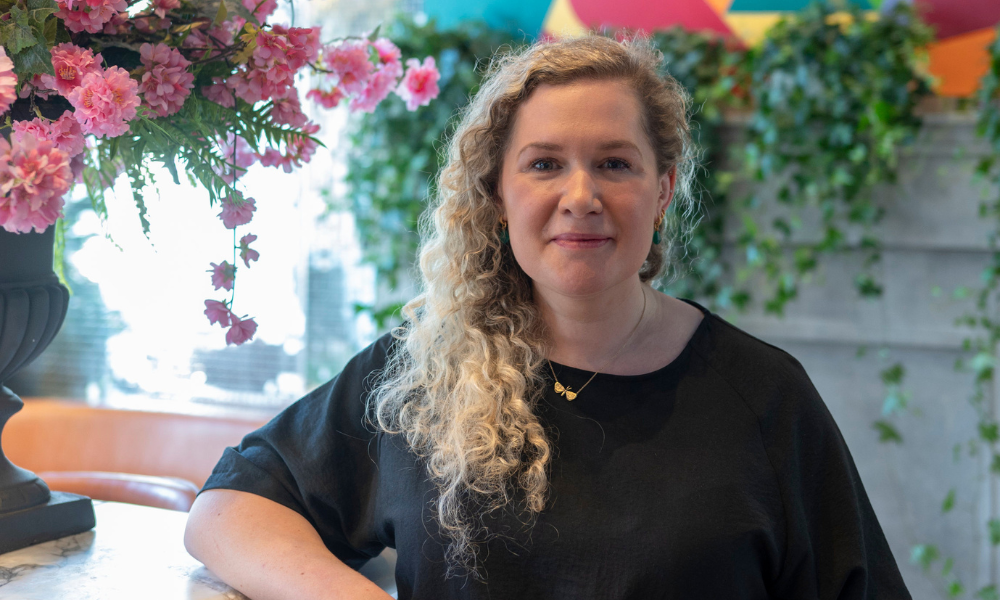Expert believes technology could be the key to awareness

Environmental, Social, and Governance (ESG) considerations have become a central tenet for responsible business practices. While mortgages can be a vehicle for financing greener homes, they are also crucial to the financial sector’s own plans to reach net zero.
Emissions from mortgaged homes account for around 80% of lenders’ total emissions, according to the Financial Conduct Authority. If these properties are not decarbonised, then lenders risk missing their own net zero and ESG targets.
Mortgage Introducer spoke with an expert in the field of green mortgages to discuss the sector and the role technology has to play.
Raising awareness of green mortgages
Nicola Kennedy (pictured), chief executive of Heero Technologies, said the green mortgage sector has seen considerable growth in recent years, with an increasing number of products being launched to reward consumers for making sustainable home improvements.
In addition to incentivising them to purchase more energy-efficient properties, she said there has been a substantial push to encourage existing homeowners and private landlords to retrofit their properties through green finance.
“Unfortunately, where the latter is concerned, there continues to be a limited uptake of the available solutions,” Kennedy said.
While there are several possible reasons for this, Kennedy said one of the most troubling is low levels of consumer awareness and understanding, not just regarding mortgages and financing options, but also in terms of retrofit solutions.
In cases where consumers are aware of their options, she said they often have a poor grasp of the advice and financial support available.
“Others simply have low confidence in projected savings and, as such, are averse to making large investments in energy saving measures with little understanding of the benefits,” Kennedy said.
Beyond the financial
Although lenders who are serious about helping consumers improve the energy efficiency of their properties are trying to make it easier for them to borrow money to fund such measures, Kennedy said, efforts need to extend beyond the financial.
“Lenders need to educate and inform consumers on both the practicalities and benefits of embracing energy efficient home improvements,” Kennedy said.
Consumers are no longer just looking for low interest rates and flexible repayment terms when it comes to green finance, according to a report by Nesta, the UK’s innovation agency for social good.
“Customers want complementary support in the form of personalised home assessments, advice on which measures to choose, and how to find competent tradespeople,” she said.
This, coupled with the fact that the UK has some of the most inefficient, energy-hungry, and wasteful properties in Europe, Kennedy said, means brokers and intermediaries are ideally placed to offer such support. Many intermediaries, Kennedy said, have a strong local presence, allowing them to engage with communities in a way that other stakeholders cannot.
“Brokers should leverage this, aiming to not only be a source of trusted information and advice for consumers in relation to greening their homes, but also by streamlining the process and providing innovative and easy to use solutions,” she said.
Banking on technology
Technology, Kennedy believes, has a key role to play in helping brokers and intermediaries educate consumers about energy efficient improvements and upgrades.
She added that it can help encourage them to take the necessary action to decarbonise their homes and generate substantial savings.
One solution, Kennedy said, is Heero Technologies’ software application, designed to streamline the user experience and guide consumers through the entire energy retrofit journey.
“When faced with ignorant, hesitant, or ill-informed consumers, technology can be the launchpad for spurring action because it can accurately show which property-specific energy efficiency measures can produce the biggest gains, what the cost of installation is, as well as what savings can be realised if the suggested improvements are implemented,” she said.
Additionally, Kennedy said technology is available that has been designed to address challenges such as confusion over financing and government funding, finding trusted installers, and the disruption caused by invasive energy efficiency measures.
“By turning to technology, brokers and intermediaries can be hugely influential in helping consumers to successfully navigate the green mortgage market by educating them on the benefits of sustainable options and identifying solutions to help them create greener homes,” she said.
Are you advising clients to consider green mortgages at present? Let us know in the comment section below.



